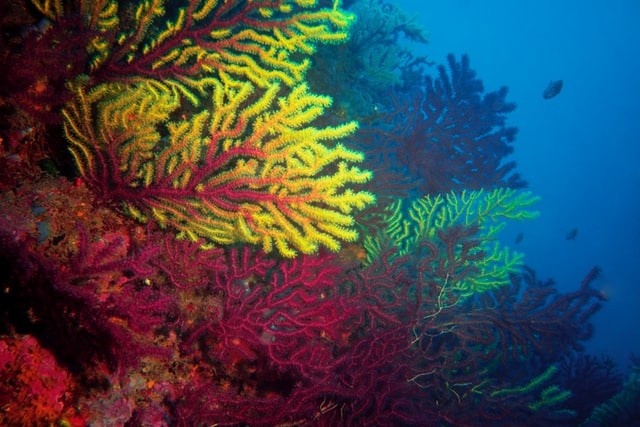Scientists are saying that an unprecedented level of coral bleaching has struck the Great Barrier Reef in Australia. Known as one of the world's most extensive coral reef systems, it is also one of the most remarkable natural sites to visit in Australia's north-east coast.
This remarkable underwater ecosystem has the world's largest gathering of coral reefs with 400 different kinds of coral including 4,000 types of mollusks and 1,500 different species of fish and other sea creatures. According to Unesco, the Great Barrier Reef was declared a World Heritage site back in 1981 covering an area of 348,000 square kilometers.

However, as with many natural wonders in the world, The Great Barrier Reef also faced destruction from humankind; one of them is sea bleaching. Scientists found out that unprecedented levels of coral bleaching has spread across the reef for the third time in 5 years. The analysis was conducted during an aerial survey. Will this be the end of the Great Barrier Reef?
Massive coral bleaching spreads across The Great Barrier Reef, scientists say
According to a Time report, an aerial survey conducted on The Great Barrier Reef has shown that coral bleaching has struck all three areas of the world's biggest coral reef system. According to the scientists of James Cook University in Queensland State, the sea bleaching that is currently happening is more widespread compared to what the Barrier Reef had previously experienced.
The air surveys that were conducted in the northern, central and southern areas within the past two weeks, were able to observe 1,036 reefs and , in the process, discovered that there are bleached corals in the three regions.
"As summers grow hotter and hotter, we no longer need an El Nino event to trigger mass bleaching at the scale of the Great Barrier Reef," said Terry Hughes, a professor at James Cook University.
"Of the five events we have seen so far, only 1998 and 2016 occurred during El Nino conditions," he added.
El Nino is a natural climate event that begins in the central and east-central Pacific's warm ocean waters, located around the equator which affects global weather conditions. With 900 islands and 2,900 separate reefs, Hughes said that the number of coral reefs that are not yet affected by the bleaching is shrinking.
Since there is not enough time between coral bleaching events, scientists believe that The Great Barrier Reef is unlikely to recover from the damage.
The Chief Scientist at the Great Barrier Reef Marine Park Authority, David Wachenfeld, said that over the coming weeks, the reef will be experiencing a critical period of heat stress. The reef's ocean temperatures are currently at 0.5 to 1.5 degrees Celsius which is above the recorded temperature in March.
The barrier reef was previously damaged by bleaching way back in 1998. The deadliest happened consecutively in 2016 and 2017. The extent of the damage created by the coral bleaching will be assessed when underwater surveys will be conducted within the year.
Also Read: Possible Coronavirus Cure May Be Found In 60,000 Year-Old Forest, Scientists Say
ⓒ 2025 TECHTIMES.com All rights reserved. Do not reproduce without permission.




